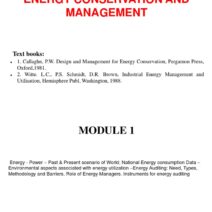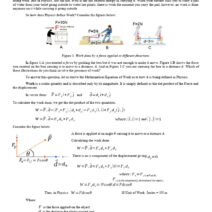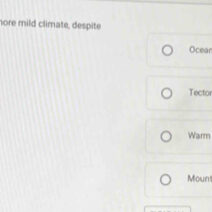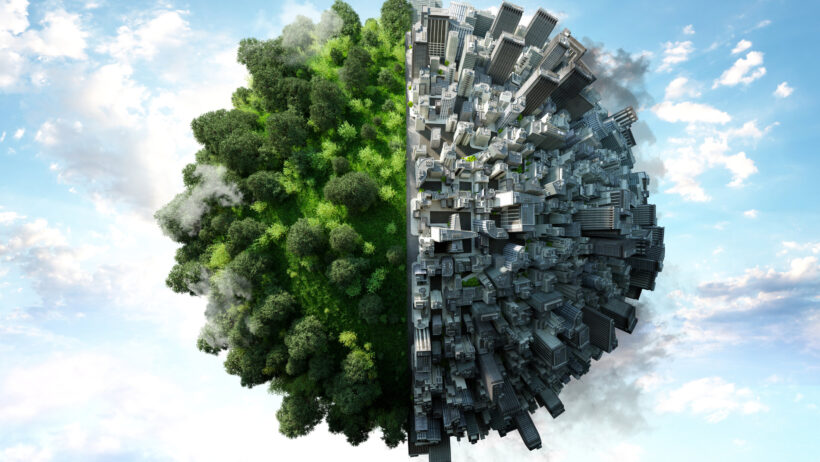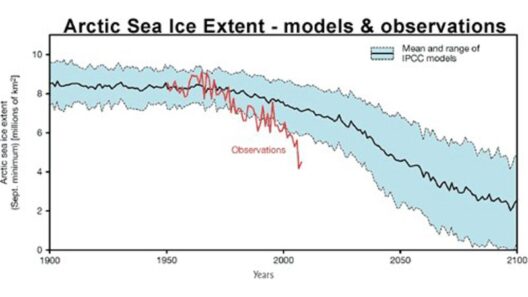The intricate web of global warming is woven with threads that often remain hidden from the public eye. The casual observer might regard carbon dioxide as the primary culprit in climate change discussions. However, the dynamics of global warming extend far beyond the confines of greenhouse gases. What if I told you that the unseen drivers of this phenomenon are as critical—if not more so—than the gases we openly debate? This exploration invites you to ponder a playful question: Could it be that our collective ignorance of these subtler forces perpetuates the very crisis we seek to mitigate?
To elucidate this intricate tapestry of influences behind climate change, we must first peel back layers of misconceptions. Human activity, notably in industrialization, has indeed amplified atmospheric carbon levels. Yet, underlying this spike are several interconnected factors that guide our decisions and actions: economic models, technological advancements, and consumption patterns, to name a few. Each of these drivers warrants careful examination.
Economic growth has always been attributed to enhanced production and consumption, leading to an ever-increasing demand for energy. This demand invariably stimulates fossil fuel extraction and utilization. Nations enact policies aimed at stimulating growth, often neglecting the environmental repercussions intertwined with carbon emissions. The relentless pursuit of affluence engenders an economy predicated on consumption. Are we thus ensnared in an economic paradigm that neglects sustainability, prioritizing short-term gains over long-term viability?
Meanwhile, the chasm between developed and developing nations exacerbates climate challenges. Industrialized countries historically emitted the largest volumes of greenhouse gases, whereas developing nations seek to advance their economies, sometimes at the expense of the environment. This global disparity creates a dichotomy in responsibilities and resources, complicating international dialogue on climate action. The question remains: How do we reconcile the need for development with the imperative of ecological stewardship?
Inextricably linked to economic growth is the role of technology in modern life. Technological advancements have revolutionized industries, enhancing productivity and efficiency. However, the unintended consequences often amplify the challenges associated with climate change. For instance, while renewable energy technologies like solar and wind offer a potential avenue to mitigate emissions, the production process of these technologies is resource-intensive. The extraction of rare earth metals essential for batteries and solar panels generates pollution and depletes ecosystems. Thus, we must consider: Is it possible to harness technology while promoting a genuinely sustainable future, or do we merely transfer the environmental burden elsewhere?
Consumption patterns also play a pivotal role in driving global warming. The Western lifestyle, characterized by an insatiable appetite for goods, perpetuates a cycle of overconsumption. The fast fashion industry epitomizes this phenomenon, where the demand for cheap, disposable clothing leads to staggering waste levels and significant water pollution. Individuals often overlook their personal ecological footprints, neglecting to realize that every consumer choice reverberates through the planet’s ecosystems. How can we cultivate a communal consciousness that values mindful consumption over rampant acquisition?
Moreover, social norms and behaviors reinforce these systemic drivers of climate change. The societal endorsement of consumerism creates a feedback loop wherein individuals pursue status through the ownership of products, irrespective of their environmental toll. Advertising perpetuates this cycle, creating desires that further fuel emissions. The challenge then becomes: Can we shift cultural paradigms to align with sustainable living, embracing minimalism and eco-consciousness as desirable traits?
Another component worthy of examination is the issue of misinformation. The proliferation of deceptive narratives around climate science shrouds the public’s understanding of the crisis. This is compounded by interest groups that undermine scientific consensus, promoting narratives that incite confusion and apathy. An informed populace is essential to engage in productive discourse on climate action. So, how do we combat this tide of misinformation and empower individuals with the knowledge necessary to advocate for meaningful change?
Furthermore, governance structures often hinder progress toward addressing climate change. Policies designed to curtail emissions frequently fall short due to lobbyist influence and partisan agendas. International treaties can become mere platitudes, filled with aspirations but lacking the enforcement mechanisms to ensure accountability. This poses a fundamental problem: How do we structure global cooperation that transcends political posturing and cultivates genuine, actionable commitments?
The interplay of these unseen drivers—economic growth, technological advancements, consumption patterns, societal norms, misinformation, and governance—paints a complex picture of global warming. Each driver intermingles with another, forming a nexus of influences that complicate our understanding and response to climate change. As an interconnected global community, we must confront the reality that merely addressing greenhouse gas emissions is insufficient. Instead, a holistic approach that scrutinizes and dismantles the systemic drivers promoting unsustainable behaviors is imperative.
In conclusion, the specter of global warming extends its roots deep into the fabric of modern society. While carbon emissions often dominate conversations, it is the unseen forces—economic models, technological choices, consumption habits, social psychology, misinformation, and governance obstacles—that truly power this crisis. As we stand at the crossroads of action and apathy, we must embrace the challenge of redefining our relationship with the planet. It is incumbent upon us to dissect these drivers and initiate a paradigm shift, steering the world toward sustainable and equitable solutions. Are we prepared to face the unseen drivers of global warming and effectuate genuine change?
